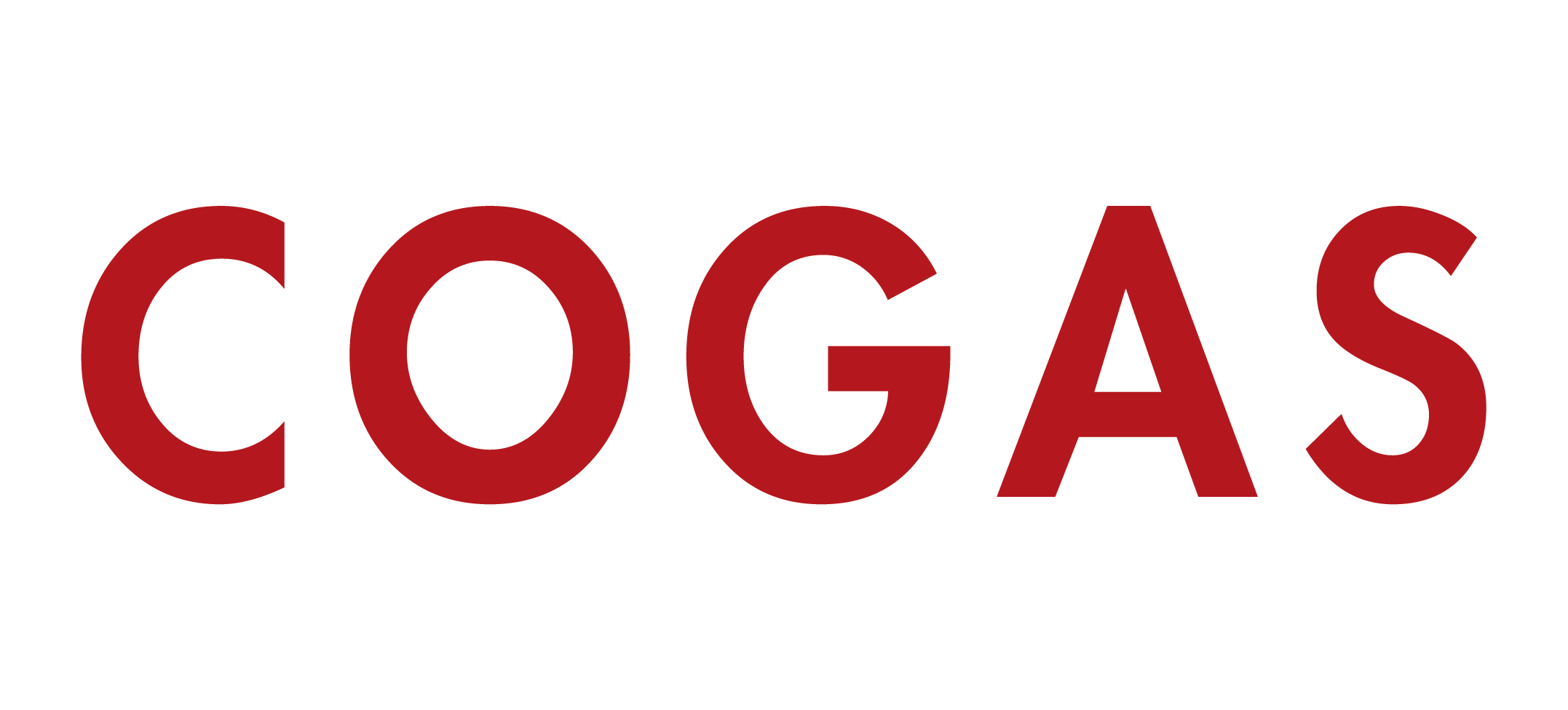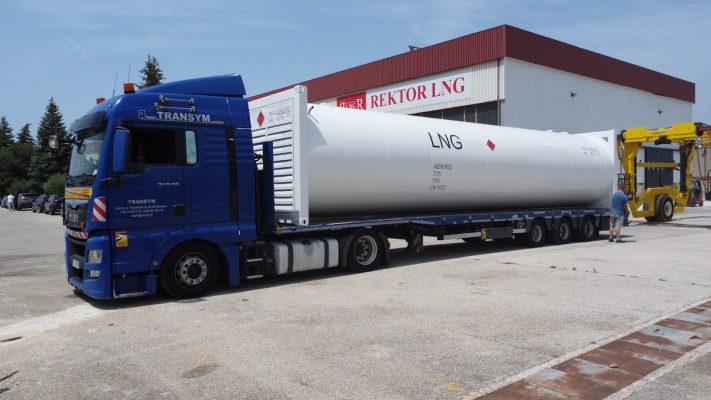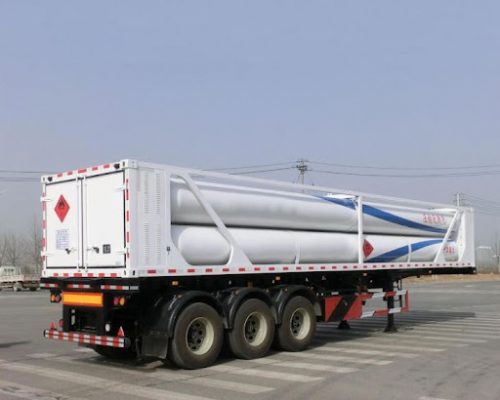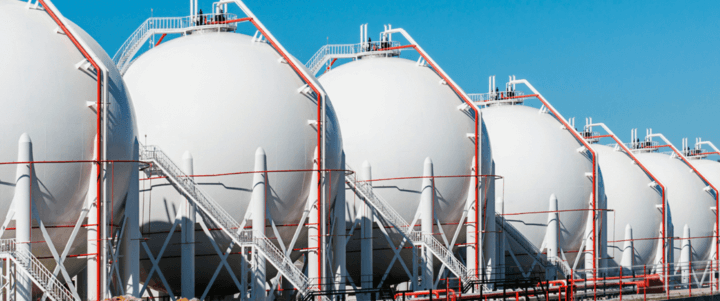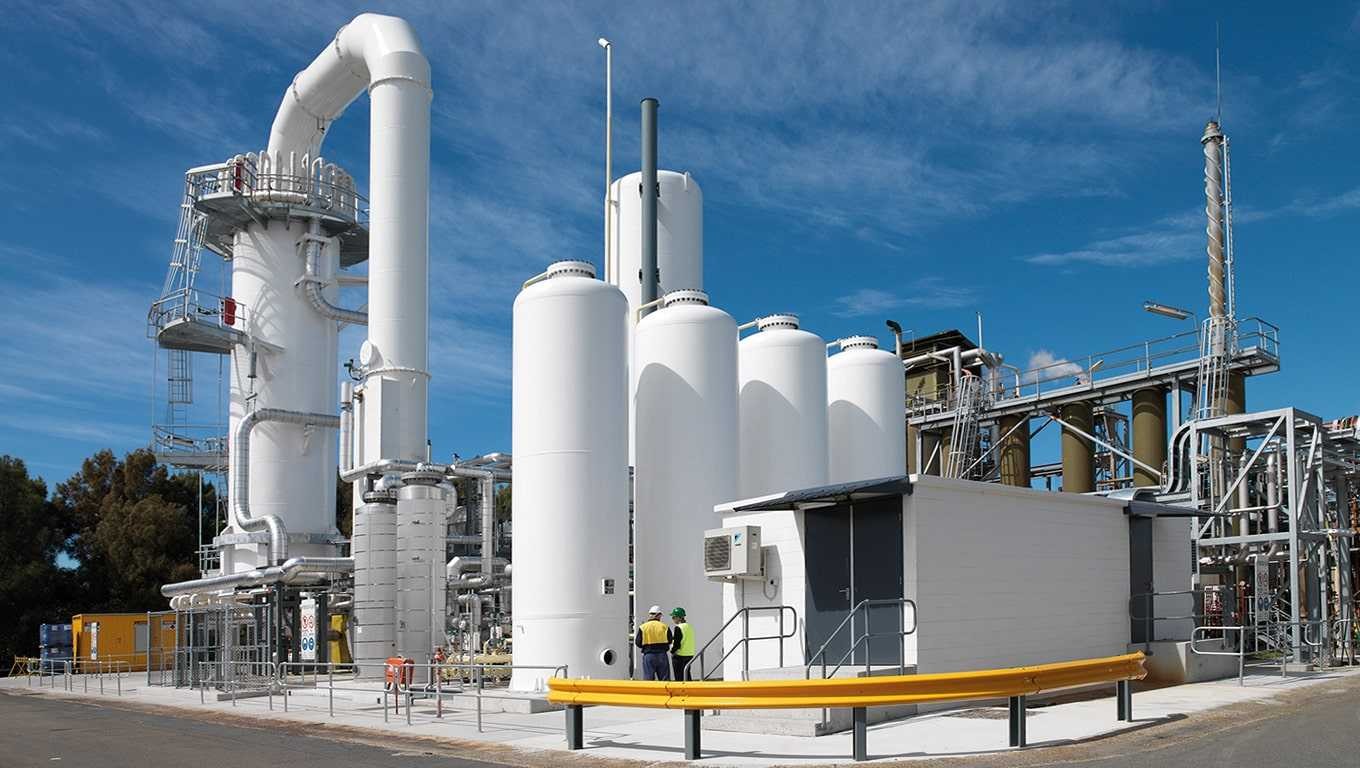LNG (Liquefied Natural Gas) is natural gas (mainly methane) liquefied at around -162°C to minimize its volume, facilitating storage and transportation. LNG is colorless, odorless, non-toxic, and non-corrosive.
Advantages of LNG:
- Efficient transportation: Volume is reduced to about 1/600 of its gaseous state.
- Environmentally friendly: Burns cleaner than oil and coal, emitting less CO₂ and other pollutants.
- Versatile usage: Applicable in power generation, transportation, and industrial sectors.
Disadvantages:
- High investment cost: Requires specialized infrastructure (liquefaction plants, specialized ships, storage tanks).
- Leakage risk: Although rare, LNG leaks can cause explosions under certain conditions.
LNG plays a crucial role in the global transition to cleaner energy sources.
Note: While LNG is a clean energy source, strict adherence to technical and safety protocols is essential to ensure efficiency and minimize risks.
The primary chemical component of LNG (Liquefied Natural Gas) is methane (CH₄), accounting for 85% to 95%. LNG also contains small amounts of other gases, including:
- Ethane (C₂H₆): 5-10%
- Propane (C₃H₈) and Butane (C₄H₁₀): Very low levels, under 1-2%
- Nitrogen (N₂): Less than 1%
Impurities such as CO₂, H₂O, H₂S, and heavier compounds are typically removed during liquefaction to ensure high purity, making LNG safe for transportation and usage.
LNG has clean combustion characteristics, emitting less sulfur dioxide (SO₂), nitrogen oxides (NOₓ), and particulate matter compared to oil or coal.
Guidelines for Using LNG:
- LNG Storage:
- Store LNG in specialized cryogenic tanks designed to withstand extremely low temperatures, often made of stainless steel or highly insulated materials.
- Ensure a ventilation system is in place to prevent pressure buildup from natural evaporation.
- LNG Transportation:
- Use specialized LNG carriers, insulated tank trucks, or pipelines that convert LNG to compressed natural gas (CNG).
- Conduct regular safety checks to avoid impacts or leaks.
- LNG Regasification:
- LNG is regasified through vaporization stations using heat exchangers to convert LNG back to its gaseous state.
- Ensure the system operates safely with pressure and temperature control valves.
- LNG Applications:
- Power generation: Fuel for gas-fired power plants.
- Transportation: Fuel for trucks, ships, and vehicles equipped with – LNG-compatible engines.
- Industrial use: Provides energy for boilers, processing plants, or chemical manufacturing.
- Safety Measures for LNG Use:
- Avoid direct contact with LNG to prevent cryogenic burns.
- Regularly inspect systems to prevent leaks and minimize fire or explosion risks from vaporized LNG mixing with air.
- Follow fire safety regulations and use protective equipment when handling LNG.
